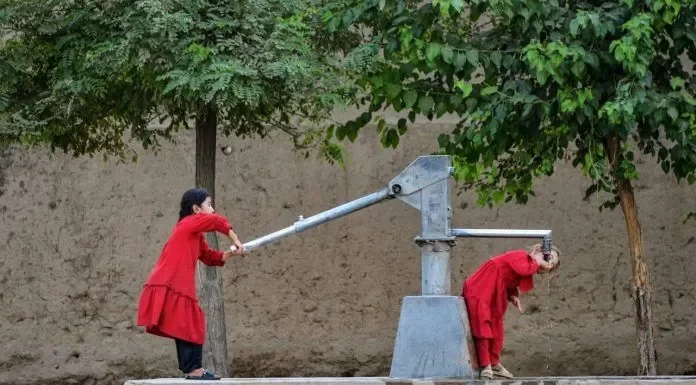KABUL: The Food and Agriculture Organization (FAO) of the United Nations has reported that Afghanistan is facing a multi-layered and severe drought crisis, disrupting agriculture and livestock in half of its provinces. The northern, northwestern, and northeastern regions—especially Badakhshan, Balkh, Faryab, Jawzjan, and Samangan—are the most affected. Drought, coupled with reduced rainfall, snow accumulation, and plant stress, poses a direct threat to households reliant on rain-fed agriculture and livestock. Ongoing droughts have diminished soil moisture, lowered pasture levels, and weakened rural economies. Climate change and economic instability have further reduced the ability of rural communities to cope with these challenges. The FAO has also highlighted that the livestock sector is facing issues like foot-and-mouth disease, water shortages, and the loss of pastures, leading to livestock deaths, urgent sales of large animals, and loss of food and income sources. Reports indicate that over 70% of communities have reported a significant decrease in pasture levels, with 76% of livestock having perished. Rain-fed agriculture, critical for drought-affected areas, has largely failed, while irrigated production, despite its resilience, is under pressure due to declining groundwater levels. The report underscores the urgent need for support in rehabilitating irrigation systems and agriculture in Afghanistan. The FAO has documented the crisis using remote sensing data and field surveys from 500 villages and interviews with 1,750 people. Only 15% of the required funding to address the crisis has been provided, highlighting the urgent need for targeted assistance to prevent further losses, sustain livelihoods, and support returnees.



